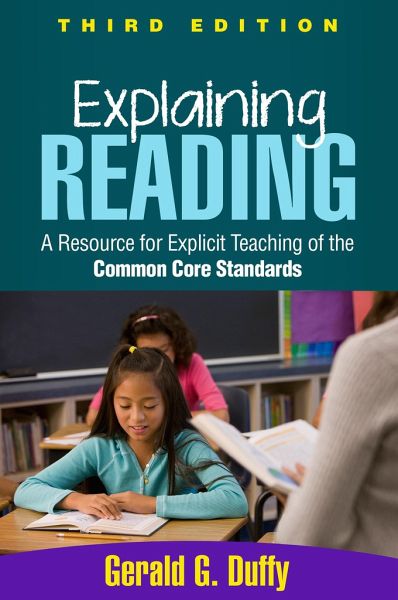
Explaining Reading
A Resource for Explicit Teaching of the Common Core Standards
Versandkostenfrei!
Versandfertig in über 4 Wochen
74,99 €
inkl. MwSt.
Weitere Ausgaben:

PAYBACK Punkte
37 °P sammeln!
Explaining Reading

A Resource for Explicit Teaching of the Common Core Standards

Rechnungen
Bestellstatus
Retourenschein
Storno